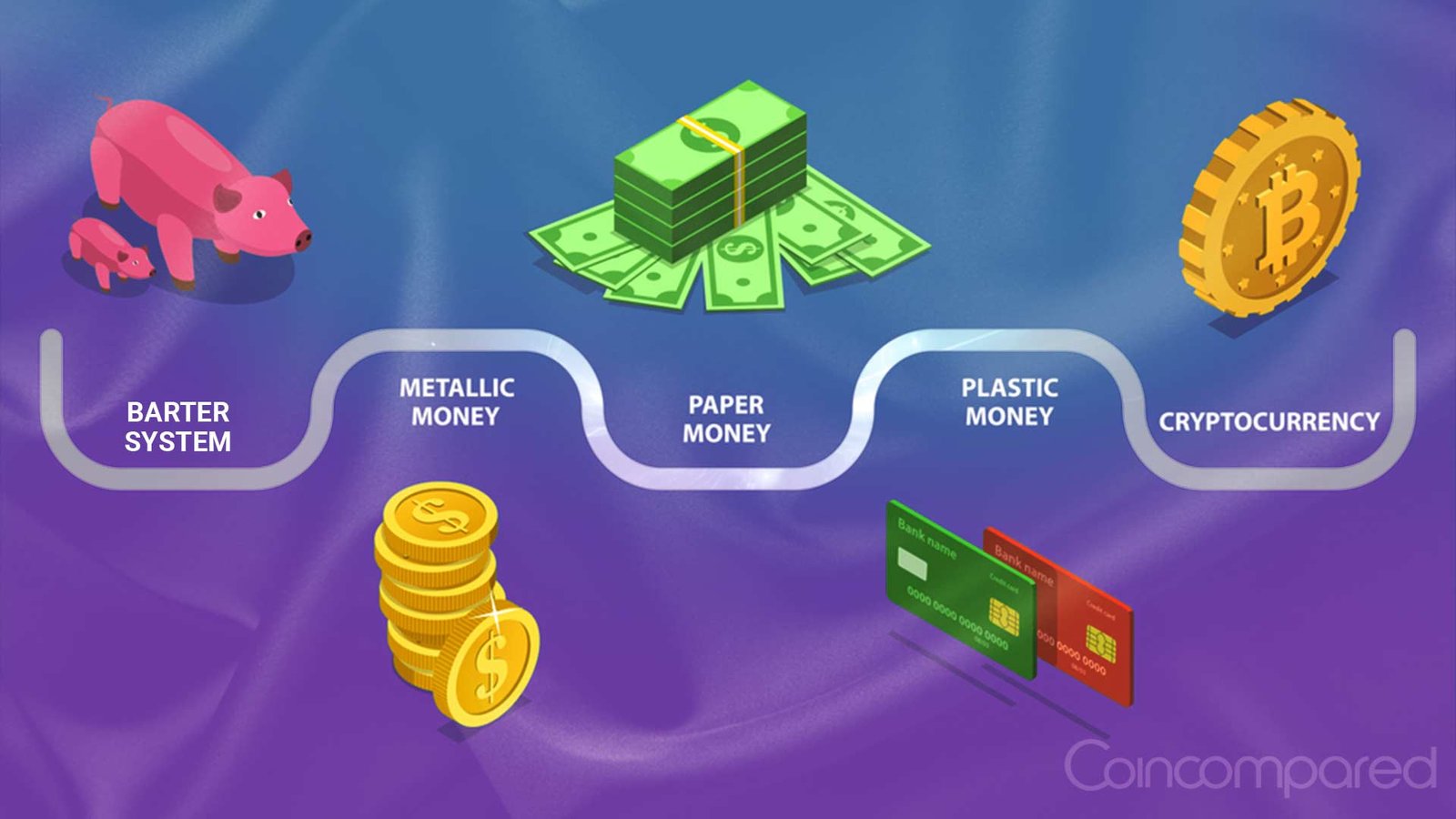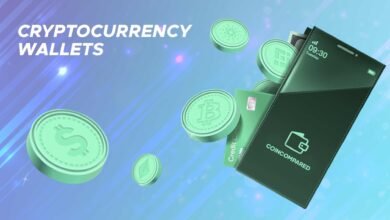
Have you ever thought about how money came to be? or how the currency system started? Or what is the origin of money?
Well, here we’ll discuss the origin and evolution of money. Centuries ago, there was no money, so how did people buy things and sell them? This starts with the barter system.
Money is one of the essential sources of time today. It has undergone a long period of historical development. There was no such thing as money in the past. Individuals used to exchange goods and services with one another. The term “barter exchange” was used to describe this type of exchange of goods for goods.
What is Barter System? [History]
Let’s look at a frequent scenario to comprehend the barter system better.
Imagine a prosperous kingdom where people were doing different types of work like weavers, cobblers, farmers, tailors, etc.
If a cobbler needs vegetables, he will go to the farmer and exchange a pair of slippers for the vegetables he needs. The system allows one individual to trade products and services produced by him for goods and services provided by others.
The barter system is based on the notion of double coincidence. Two coincidences have to happen. You should find someone willing to sell what you want, and the second is that the seller wants something that you are willing to sell.
But does the barter system always work if the direct exchange of one commodity for another requires direct satisfaction of both parties?
Now, if a cobbler needs more vegetables and goes to the farmer but the farmer does not need more footwear; hence no barter takes place. If the cobbler needs a haircut and goes to the barber, the value of a haircut is much lesser than the value of a pair of slippers, and the slippers cannot be divided, and hence no barter takes place.
If the cobbler needs milk but the quantity of milk to be received in exchange for a pair of slippers is very harsh, and with milk being perishable, the cobbler does not want to take too much of it; hence swap does not take place.
Thus the exchange of goods was not easy. Imagine the chaos, which is why the barter system eventually died out. What was the alternative?
Metals were discovered in the same period and took over the ancient world. In the 6th century BC, the first coin resembling the current ones appeared. There were small metal pieces with fixed weight and values bearing an official seal, the mark of the government who has minted them, and a guarantee of value.
What is Commodity Money?
The disadvantages and inconvenience of barter led to the eventual adoption of the medium of trade. All kinds of goods have been used as a means of trade throughout history, including seashells, pearls, precious stones, tea, tobacco, calf, leather, linen, salt, wine, and so on (i.e. money).
It’s known as commodity money or paper currency. The insufficiency of commodity money prompted the change. The issue of precious metal purity and weight consistency led to individual and governmental coinage.
The state eventually took over this procedure as one of its most important aspects, and commodity gave way to real money, i.e., currency notes. Banknotes and coins made of copper, bronze, nickel, and other metals have practically become widespread in recent years.
Transferring Value: [Arrival of Gold and Silver Coins]
Let us now analyze the concept of money as a value abstraction. Money is as old as human civilization, and civilization relies on exchanging, accounting for, and transferring value to the function.
Using standardized token money to trade goods for goods. Gold and silver were the first natural money options that were universally acknowledged. They fit the description so well that they served as the principal form of currency for millennia worldwide and have been ingrained in human civilization.
When I say “gold,” you immediately think of riches or value. Then came paper currency, which was a more user-friendly way of carrying and moving value than precious metals.
In the 7th century, China was the first to use it. However, it wasn’t until Marco Polo took it to Europe in the 13th century that the Western world caught up to this monetary innovation.
European banknotes were not printed until the seventeenth century. It took hundreds of years for people to adopt the current mindset and switch from gold and silver coins to banknotes backed by the same precious metals as the most extensively used form of money.
Unlike gold and silver coins, the banknotes themselves had no intrinsic worth. Paper money was instead backed by precious metals kept in a bank vault.
The banknotes represented a bank’s authority to gather precious metals. It’s a lot easier than hauling a cart full of gold bullion to the post office to pay your mortgage.
Evolution of Digital Currency:
Digital currencies have evolved for over a decade and include several characteristics, including autonomy. You have complete choice over how and with whom you spend your money, with no reliance on third parties such as banks or the government.
After publishing the white paper Bitcoin: A Peer-to-Peer Electronic Cash System in 2008, a person or group of people using the pseudonym, Satoshi Nakamoto invented Bitcoin. Bitcoin transactions are private; a buyer’s identity, like a cash-only transaction, is difficult to verify or trace (but not impossible).
Because Bitcoin is peer-to-peer, everyone on the system can freely exchange with anyone else, no matter where they are on the globe. Bitcoin is also devoid of all the fees, charges, and restrictions of traditional banks.
Bitcoin is a decentralized digital currency with no ties to any government or central bank. Unlike fiat cash, it has a finite supply.
Executive Summary:
To summarize, money has evolved in various ways. Today’s money has changed throughout the 6 centuries, as detailed in the paper. Money has finally become what it is today: greater, thanks to several breakthroughs and technological advances in the computer sector. It serves as a symbol for the commercial structure in which we operate.
Examining the history of money reveals that an increase in the number of cultures with complex economies has resulted in money adapting to those economies’ technological improvements.







